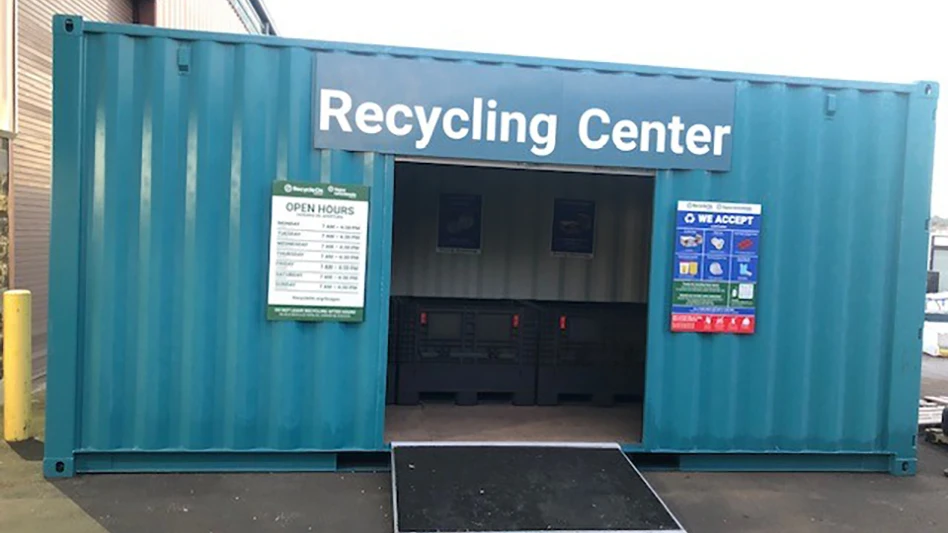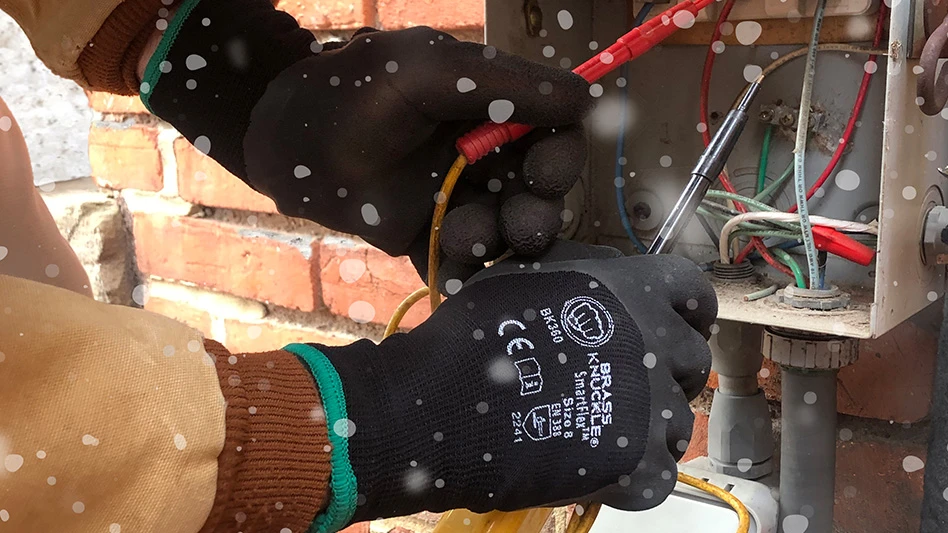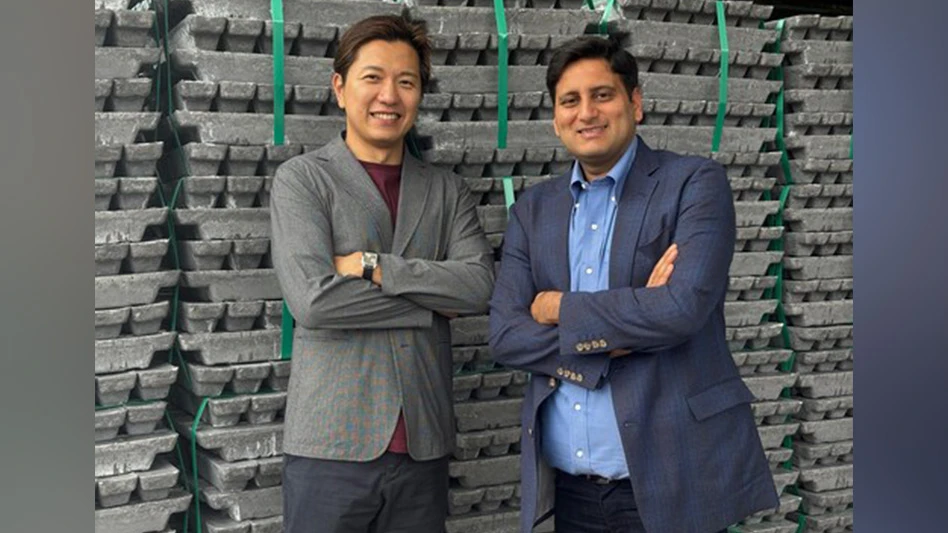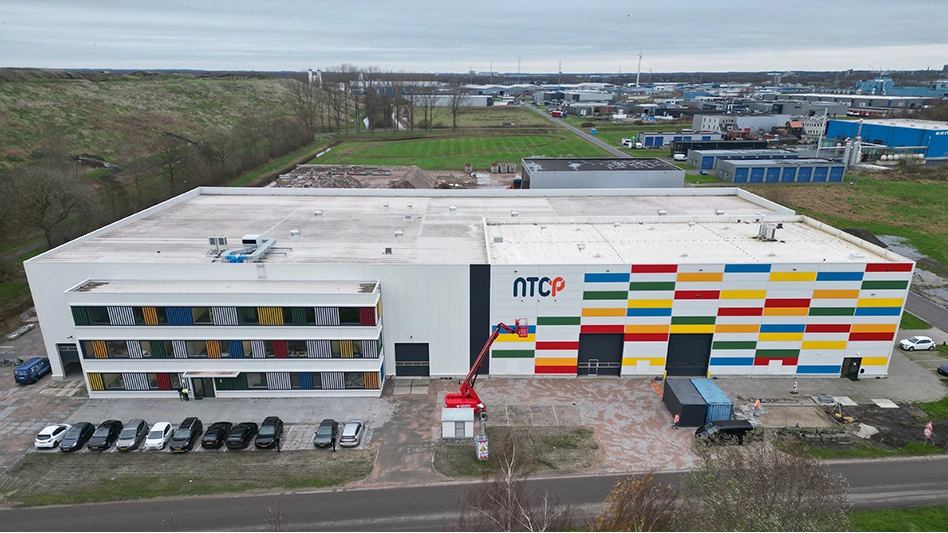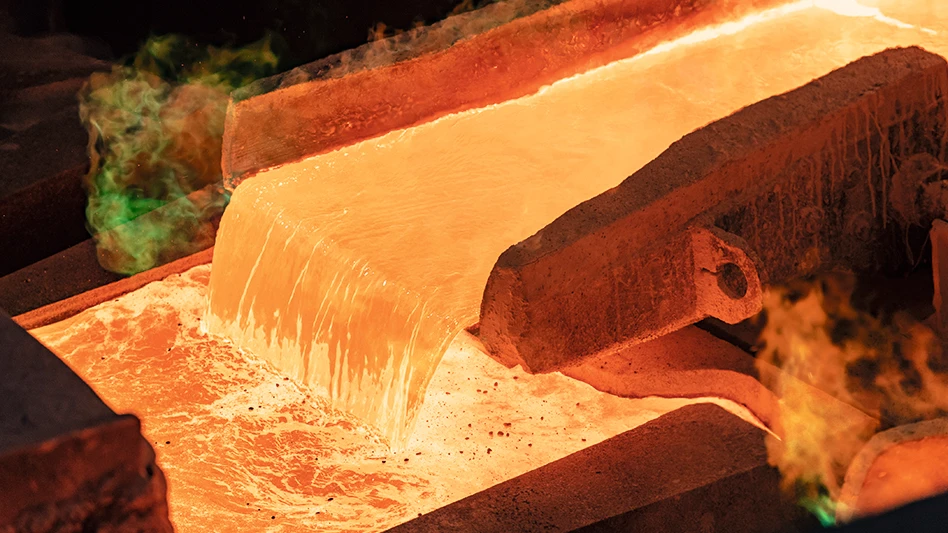
Herbold Meckesheim GmbH will exhibit in Hall 09 at Stand 9B 42 during K 2016, which will be 19-26 October 2016 in Dusseldorf, Germany.
The machine and plant manufacturer from Meckesheim, Germany, says it will present its five columns for efficiently and cost-effectively recycling plastic.
Column 1 consists of presize reduction, which the company says is an important process step if the infeed material is too bulky for the usual process or if the material is to be coarsely shredded for a subsequent sorting, classification or inspection. For this purpose, shredders, granulators, guillotines and hammermills are used as presize-reduction machines.
Herbold’s HOG Shredder HGM series shredders are designed for size-reducing difficult, especially viscous materials, or materials containing foreign bodies where the service lives of standard granulators are too short and where traditional shredders do not yield the desired end product. Available in wet execution for extremely abrasive materials, such as agricultural film, WEEE (waste electrical and electronic equipment), etc., the company says.
Colum 2 consists of size reduction. Herbold size-reduction machines grind all types of plastic scrap. The company’s SB granulator with forced feeding have been successfully used worldwide for many years. The material is not fed into the grinding chamber by gravity, as is the case with traditional granulators, but by using feeding screws.
Herbold’s SMS Granulator features a one-piece rotor for stability. Welding seams cannot break since they do not exist, the company says. The knives of this rotor cannot shift because they are crewed onto a massive back limit stop. This special design facilitates cleaning because it eliminates “dead angles” where remnants of grinding material could deposit.
Column 3 consists of fine grinding, or pulverizing below 1 millimetre in size. For this purpose, depending on the product, Herbold says it uses granulators or impact disc pulverisers.
The company’s Impact Disc Pulveriser PU Series are high-speed fine grinders used with granular and brittle materials, such as polyethylene (PE) granules or rigid polyvinyl chloride (PVC).
Column 4 consists of washing, separating and drying. Postindustrial and postconsumer plastic products are used, mixed and contaminated plastics. Before they can be used again, they have to be washed and/or separated. With the successful commissioning of the film washing line at Rodepa Plastics B.V., Herbold Meckesheim says it proved that a high-quality end product can be obtained by separating undesirable plastics with the hydrocyclone separation step.
Mark Langenhof, managingdirector from Rodepa Plastics B.V., says, “Rodepa has taken a big step forward in recycling contaminated waste that is to newly integrate the production of film. This has only been possible with the best plant engineering. With Herbold Meckesheim we have now found the ideal partner in order to cooperate successfully.”
The newest machine in this column is the HV ST-150/150 Series step dryer. The vertical step dryer consists of a multiple-stage rotor, dewatering the material via a screen basket. The granules/grinding material enter the machine from the bottom and are transported upward by conveying blades. The diameter of the rotor increases upward following the single steps. In the lower area (where free water can still be separated easily) only inferior circumferential speeds occur, at the highest step, drying is done with maximum circumferential speed, Herbold says. The step dryer is ideal for drying grinding material or granules of all different types of thermoplasts, such as polycarbonate, polyethylene, polyamide, polypropylene and polystyrene. This machine is particularly suitable for drying brittle plastics and guaranteeing at the same time the least possible material loss caused by fines, the company adds. The step dryer yields a residual humidity in the range between 0.4 and 0.06% of the weight. The machine is also available in a gas-proof execution for drying in an inert atmosphere.
Column 5 consists of agglomerating / densifying. The Herbold Plastcompactor is a modern compacting machine, according to the manufacturer. The friction originating between the compacting discs of the compactor heats, dries and compacts the material at the same time. When processing polyethylene terephthalate (PET) bottles, the material is being crystallized at the same time. The end product is agglomerated material with excellent flow properties and a high bulk density, ideal for dosing and mixing, Herbold says.
More information is available at www.herbold.com.
Latest from Recycling Today
- US Steel to restart Illinois blast furnace
- AISI, Aluminum Association cite USMCA triangular trading concerns
- Nucor names new president
- DOE rare earths funding is open to recyclers
- Design for Recycling Resolution introduced
- PetStar PET recycling plant expands
- Iron Bull addresses scrap handling needs with custom hoppers
- REgroup, CP Group to build advanced MRF in Nova Scotia
